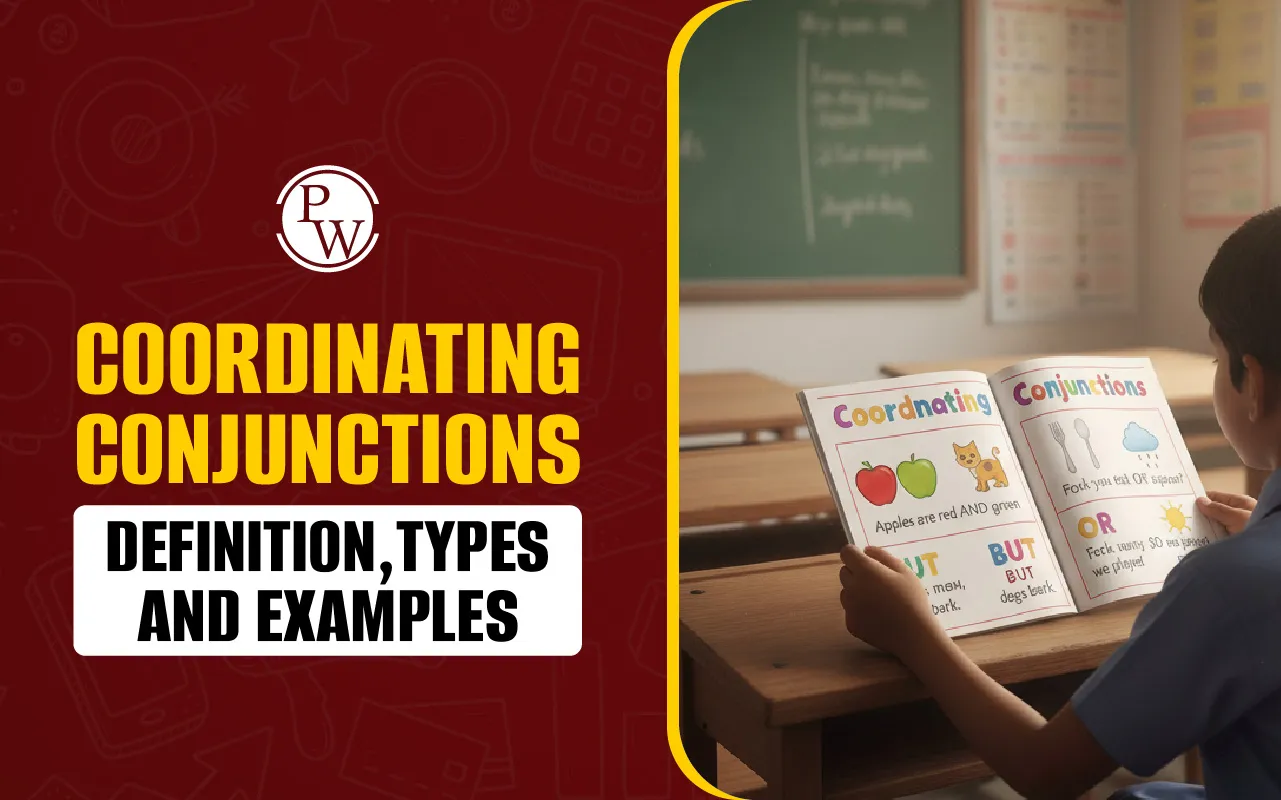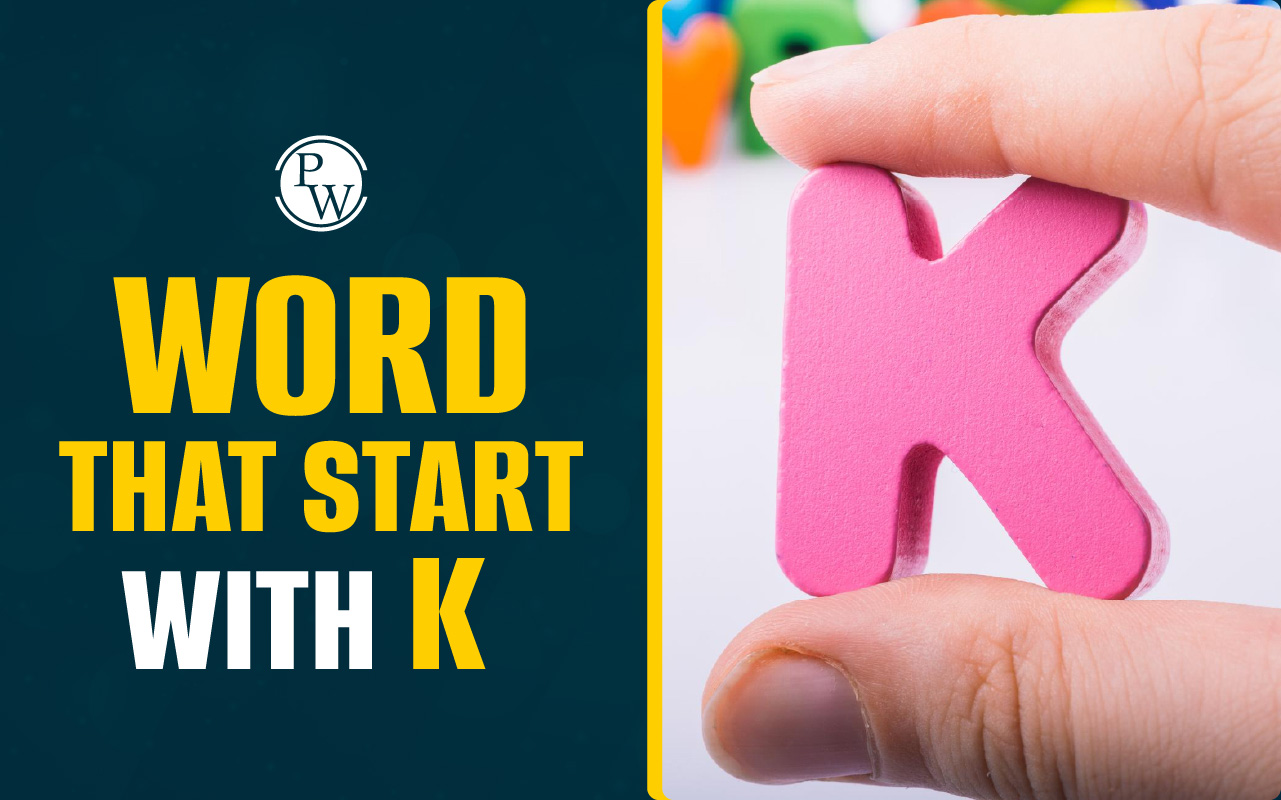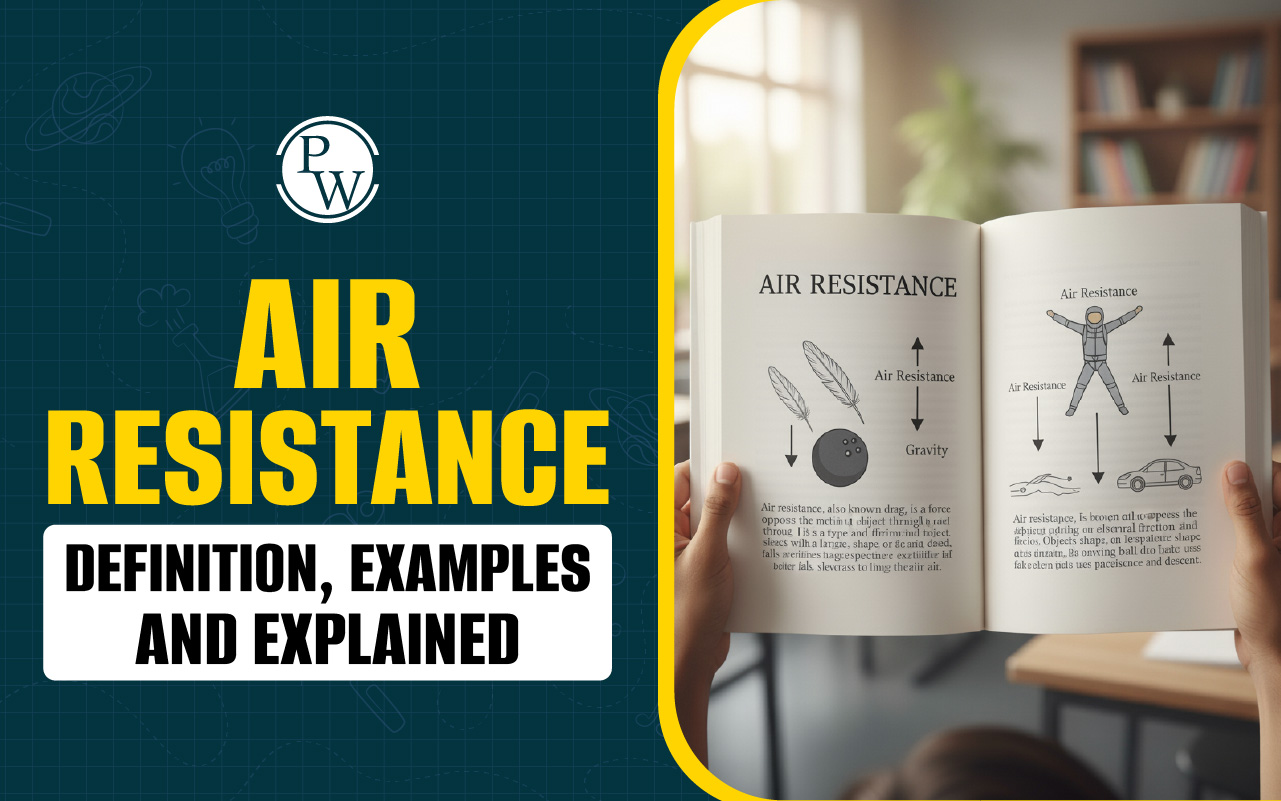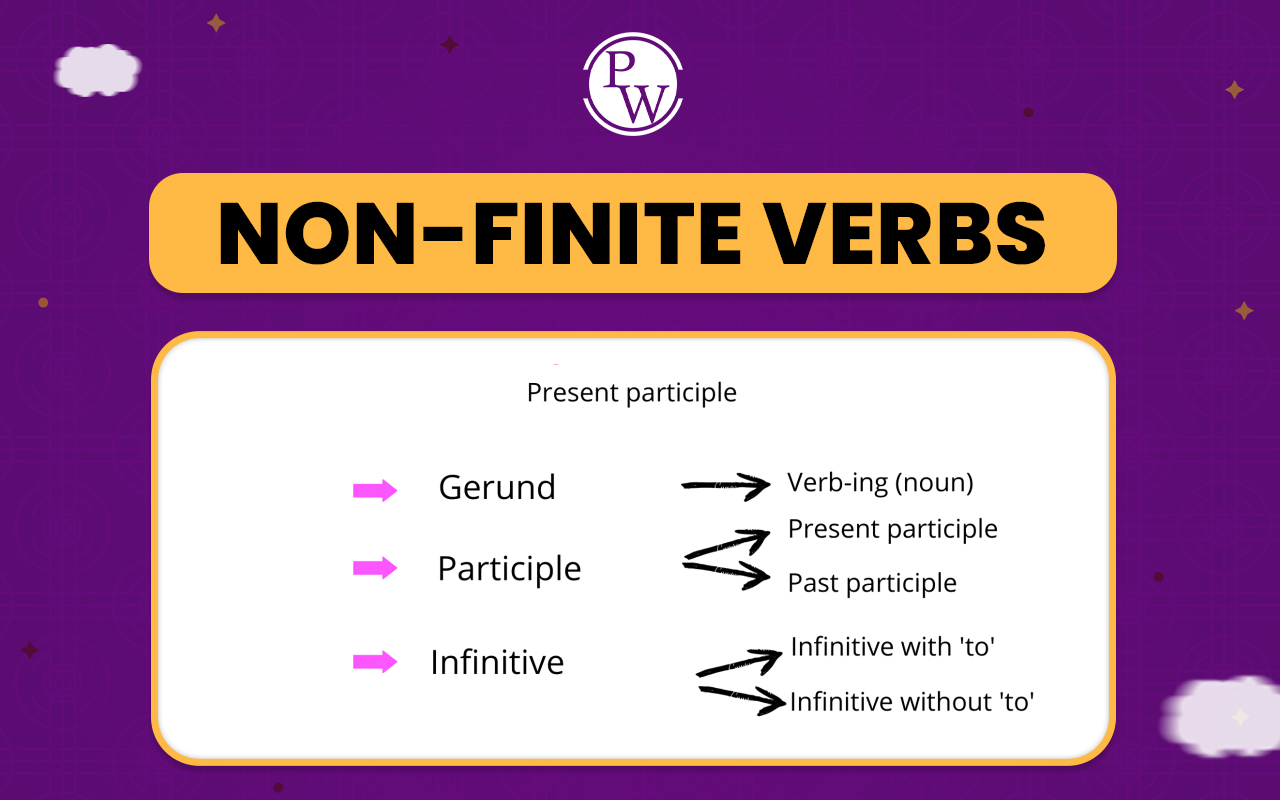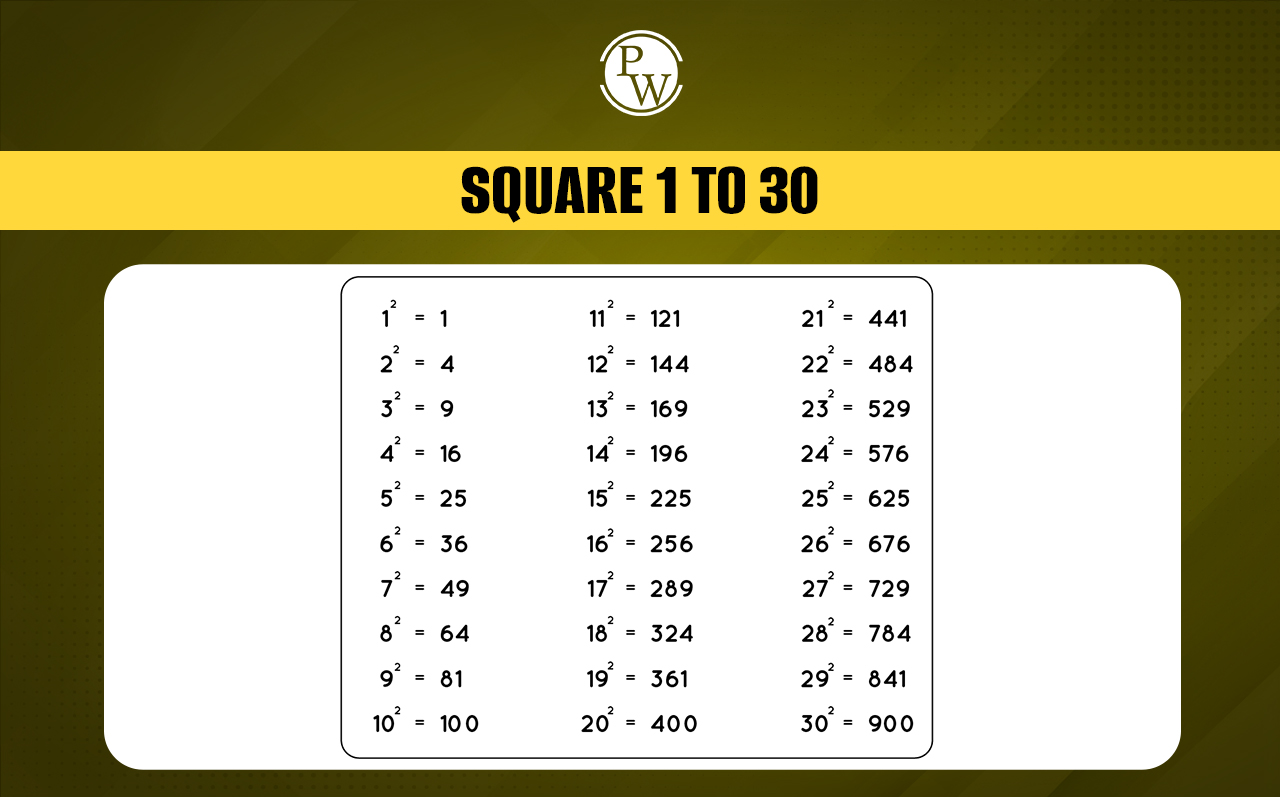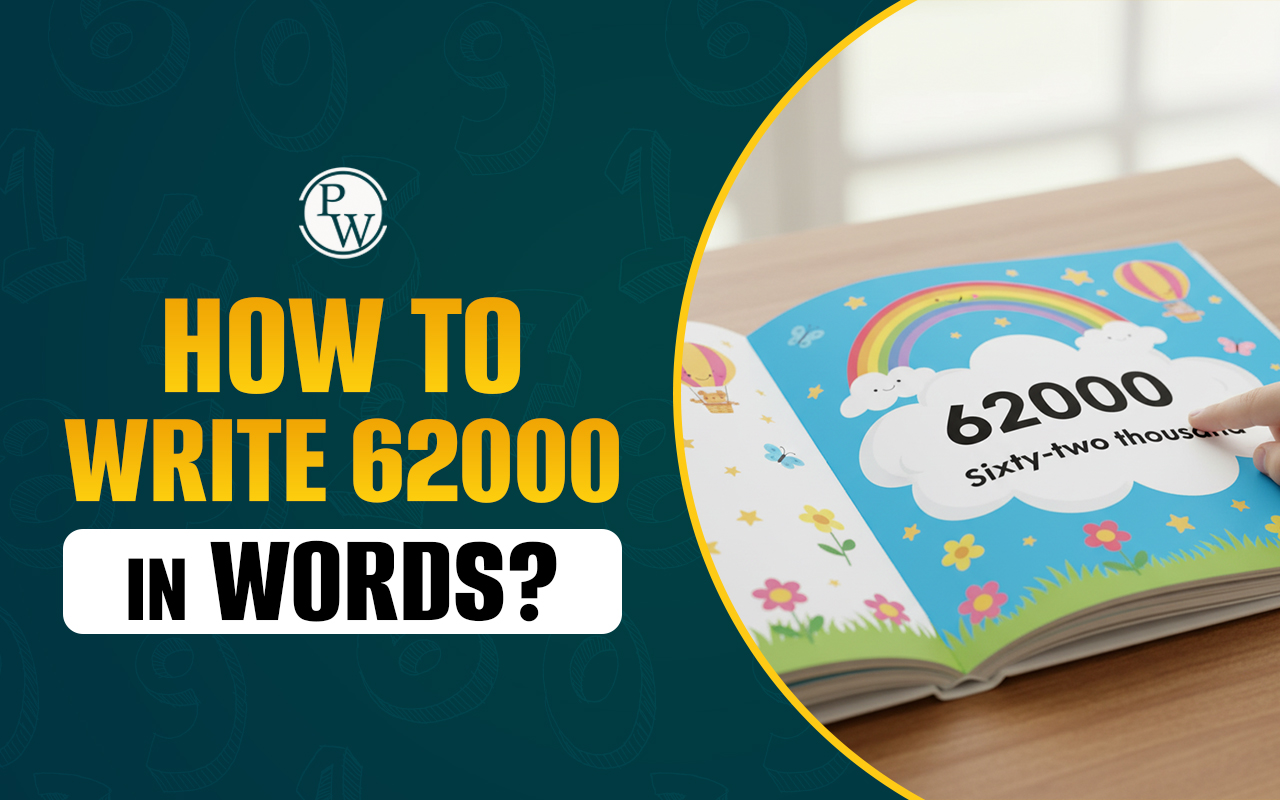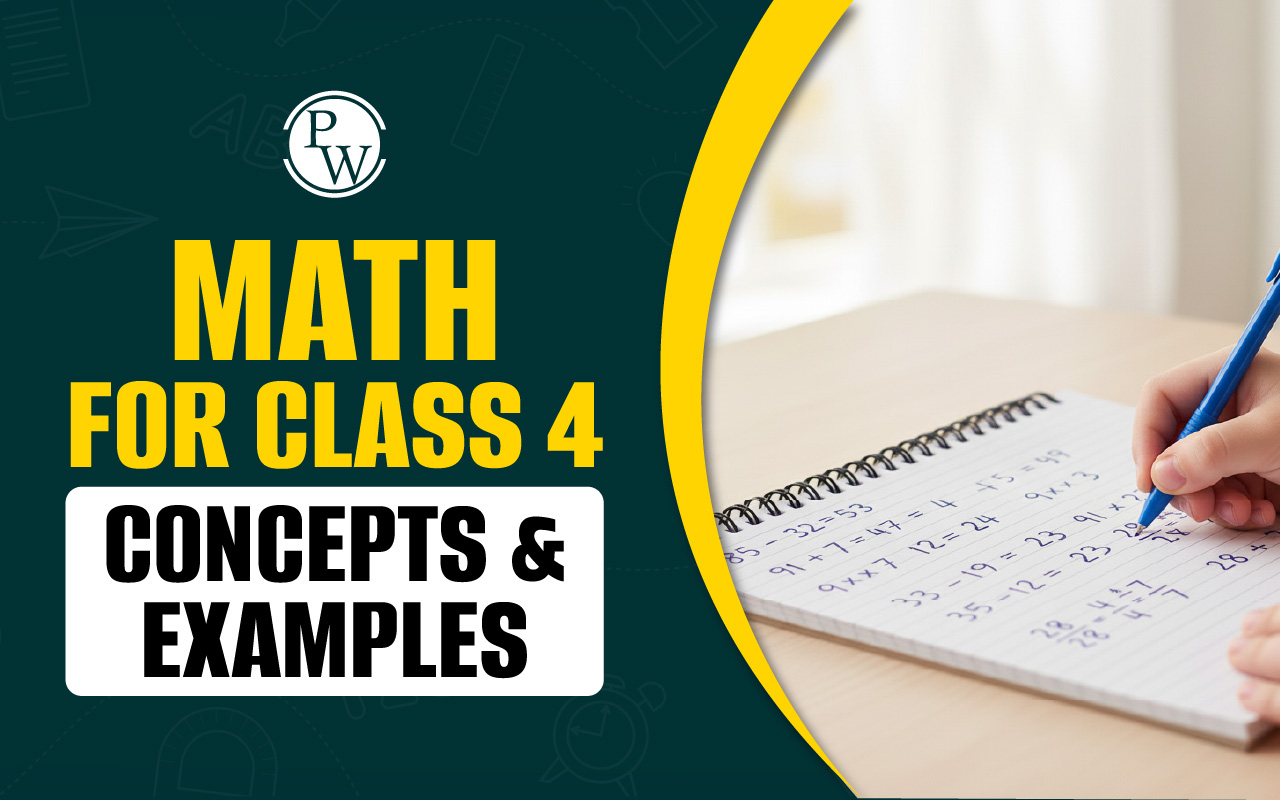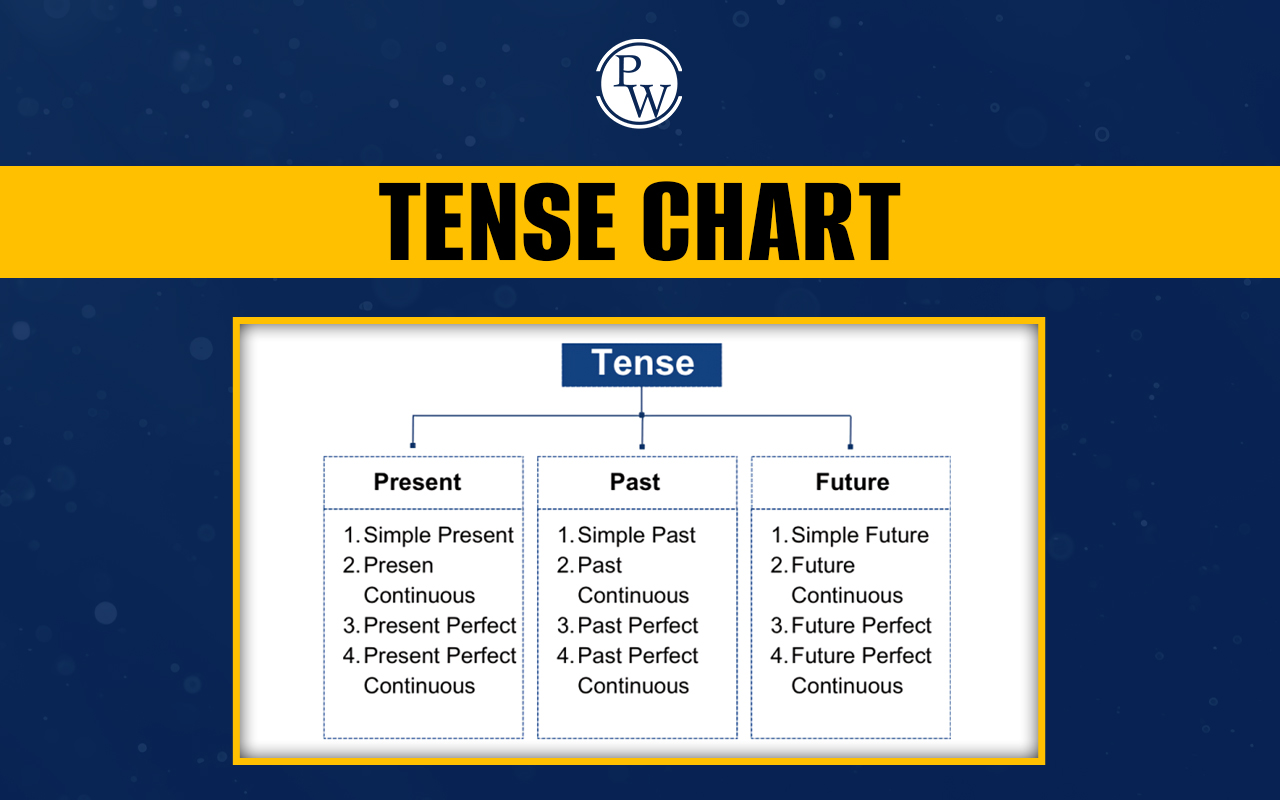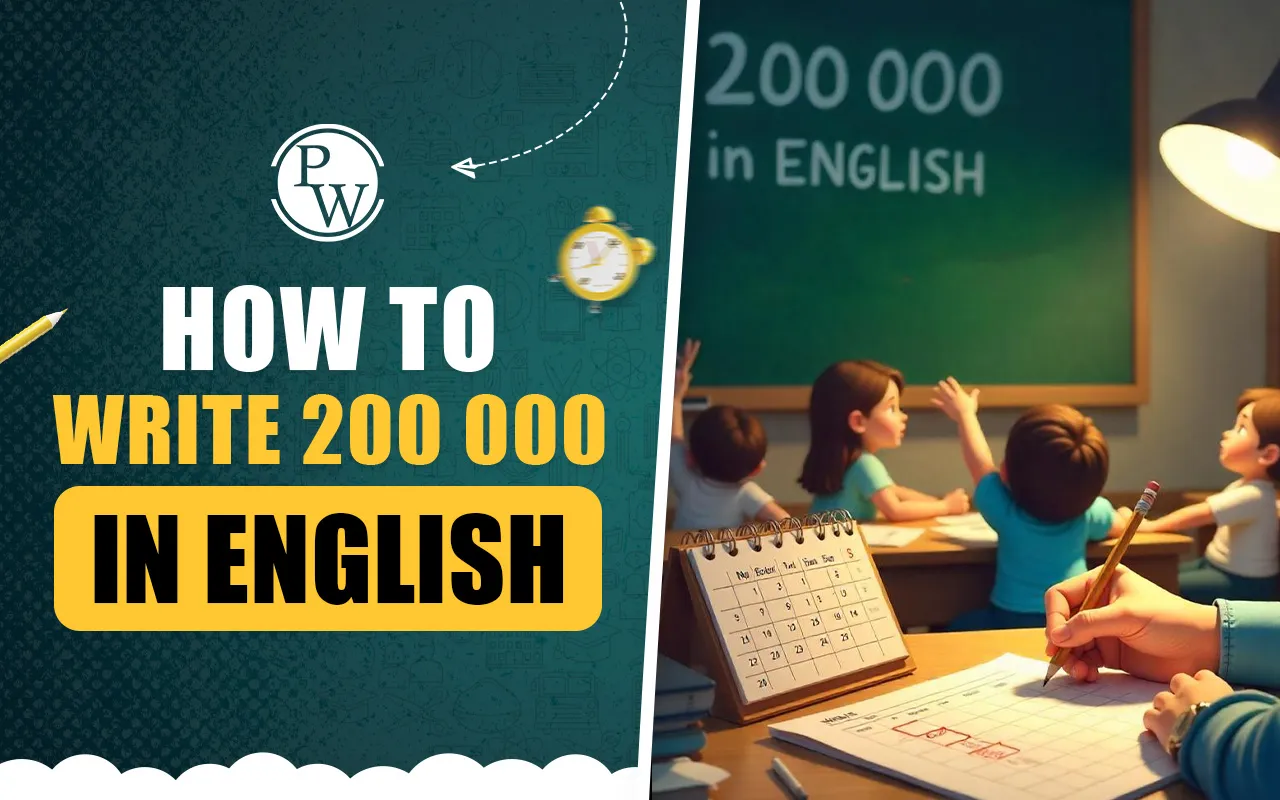
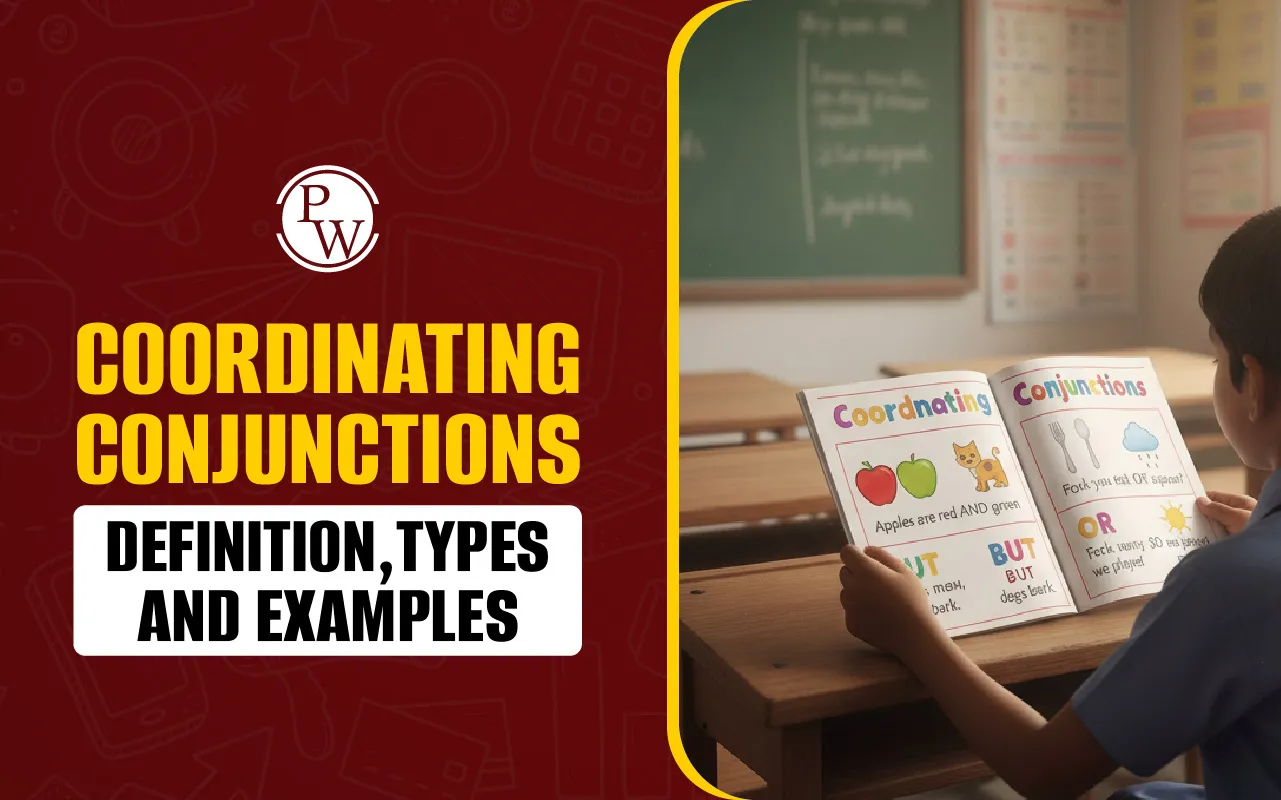
Coordinating Conjunction
A coordinating conjunction is a short word that connects two or more elements in a sentence that are grammatically equal. These elements may include individual words, phrases, or independent clauses.
The purpose of a coordinating conjunction is to create balance and clarity within a sentence by linking ideas of equal importance.
Common coordinating conjunctions include for, and, nor, but, or, yet, and so. For example, in the sentence “She wanted to go out, but it started raining,” the word but connects two complete thoughts.
Read more: Conjunction Definition. Types, and Examples
Definition of a Coordinating Conjunction
The definition of a coordinating conjunction, as outlined by several major dictionaries, focuses on its grammatical role in connecting elements of equal rank within a sentence.
According to the Oxford Learner’s Dictionary, a coordinating conjunction is defined as “a word such as or, and, or but, that connects clauses or sentences of equal importance.”
The Collins Dictionary defines it as “a word such as and, or, or but, which joins two or more words, groups, or clauses of equal status,” such as two main clauses.
The Merriam-Webster Dictionary describes a coordinating conjunction as “a conjunction (such as and or or) that joins together words or word groups of equal grammatical rank.
Types of Coordinating Conjunctions
In English grammar, coordinating conjunctions are not only limited to the seven commonly known words represented by the acronym FANBOYS (for, and, nor, but, or, yet, so). They can also be classified into different types based on the relationship they express between the connected elements.
The main four types of coordinating conjunctions are discussed below in detail:
1. Cumulative Conjunctions
Cumulative conjunctions are used to add one idea, word, or sentence to another. They join parts of a sentence that go together or give extra information. These conjunctions work like the word "and", but there are also other similar words and phrases that can be used to make the sentence more interesting.
Common examples: and, both, as well as, not only, but also, no less than
Examples in sentences:-
-
She is smart and hardworking.
-
Both the teacher and the students participated in the event.
-
He speaks English as well as Spanish fluently.
2. Alternative Conjunctions
Alternative conjunctions present a choice between two or more possibilities. They are used when the sentence offers different options, conditions, or outcomes.
Common examples: or, either... or, neither... nor, else, otherwise
Examples in sentences:-
-
Would you like coffee or tea?
-
Either you apologize or leave the room.
-
He is neither interested in sports nor in academics.
-
You must study harder, else you will fail the test.
Also read: Assertive Sentence
3. Adversative Conjunctions
Adversative conjunctions indicate contrast, disagreement, or an opposing idea. They are used to show a contradiction between the two connected parts of a sentence.
Common examples: but, yet, still, nevertheless, whereas, only
Examples in sentences:-
-
She tried her best, but she couldn’t win the match.
-
He is rich, yet he lives a simple life.
-
I was tired, still I continued working.
-
It was raining heavily; nevertheless, we went hiking.
4. Illative Conjunctions
Illative conjunctions are used to express inference, result, or conclusion. They connect a cause and its effect, or a statement and the logical conclusion drawn from it.
Common examples: so, therefore, for, as for, consequently
Examples in sentences:
-
She studied all night, so she passed the exam easily.
-
He was absent, therefore he missed the announcement.
-
I need some money, for I have to buy a textbook.
-
He was found guilty, consequently he was sentenced to prison.
Also read: Compound Sentence
Examples of Coordinating Conjunctions
The table below shows examples of coordinating conjunctions, their purposes, and how they are used in sentences.
|
Examples of Coordinating Conjunctions |
||
|
Conjunction |
Purpose |
Example |
|
For |
Shows reason or cause |
She wore a jacket, for it was cold outside. |
|
And |
Adds information |
He plays the guitar and sings in a band. |
|
Nor |
Adds negative information |
I don’t like coffee, nor do I enjoy tea. |
|
But |
Shows contrast |
I studied all night, but I still didn’t feel prepared |
|
Or |
Offers a choice |
You can have rice or pasta with your meal |
|
Yet |
Shows contrast or unexpected result |
The book was long, yet I finished it in one day. |
|
So |
Shows a result or consequence |
It started to rain, so we went outside |
Also read: Compound Words Meaning and Definition
Coordinating Conjunctions Rules
Below are some important rules to keep in mind when using coordinating conjunctions correctly in writing. These guidelines will help you use conjunctions more effectively and avoid common punctuation mistakes.
-
Use a comma before a coordinating conjunction when joining two independent clauses. An independent clause is a complete sentence. When two such clauses are joined by a coordinating conjunction, a comma comes before the conjunction Example: I wanted to stay home, but I had to attend the meeting.
-
Do not use a comma when connecting two phrases. When the conjunction joins short phrases (not complete sentences), a comma is not required. Example: She enjoys painting and listening to music.
-
Using a comma before the final conjunction in a list is optional. When joining more than two nouns or items in a list, the comma before the final conjunction (called the Oxford comma) is optional, depending on style preference.
Example with comma: We packed sandwiches, fruit, and juice.
Example without comma: We packed sandwiches, fruit and juice. -
You can start a sentence with a coordinating conjunction. Although some believe that you should never begin a sentence with and, but, or so, this is not a grammar rule. It is acceptable to do so when the sentence flows naturally and clearly. Example: But I couldn’t let the opportunity pass.
Also read: Clauses in English
Difference Between Coordinating and Subordinating Conjunctions
Coordinating and subordinating conjunctions are both used to connect parts of a sentence, but they serve different purposes. Coordinating conjunctions (such as for, and, nor, but, or, yet, so) join elements of equal grammatical importance, like two independent clauses, words, or phrases.
For example, in the sentence “She was tired, but she kept working,” the conjunction ‘but’ connects two complete thoughts.
In contrast, subordinating conjunctions (such as because, although, if, while, unless) connect a dependent clause to an independent clause, showing a relationship like cause, time, or condition. For example, “She kept working even though she was tired” uses the word even to introduce a dependent clause that cannot stand alone.
Improve Your Child's English Grammar Skills with CuriousJr
Is your child finding it difficult to form correct sentences or speak confidently in English? Are grammar rules unclear or tricky to apply, even with regular practice? These challenges can affect both learning and everyday communication.
At CuriousJr, our English online classes by Cambridge help make grammar easy to understand and use. Through live classes, children receive expert guidance, build vocabulary, practice speaking, and gain confidence step by step. Fun activities and regular feedback keep learning engaging and effective.
Book a demo class with CuriousJr today and see how your child can learn English in an enjoyable way.

